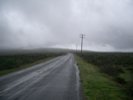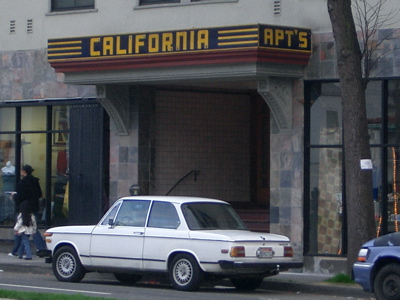By way of Pam:
The Californian’s Conception of the Continental United States:
“Despite my public complaints, California is a wonderful place. Its topography is among the most varied in the country, the weather in most of California is by most folks’ standards absolutely perfect, and it’s the birthplace of many global cultural and economic trends, a fact which may not make the state wonderful but does certainly make it both dynamic and important. So, despite my protestations about living here, I wholeheartedly admit that as places on the planet go, California ain’t so bad.
“The people though, fall victim to a kind of provincial snobbery unsurpassed by pretty much everyone except the French. When I tell people in California I’m from Chicago, they look at me with pity. When I tell my Californian students to travel around the U.S. after they graduate, they look at me as if I’m insane. I once was complaining about how poorly many Californians drive in the snow and my soon-to-be father-in-law responded “why on earth would anyone want to live in a place where you have to learn to drive in the snow”. This from a man who spent most of his life on the volcanic, lava-spewing island of Hawaii and from a man who currently lives only a few dozen miles from the San Andreas fault. All this to say that most people who call California home—red blooded Californians, or perhaps more precisely, almond-soy-triple-foam chai latte Californians—suffer from a more localized version of geographic ignorance than most Americans.”
Complete with map.
Technorati Tags: california election




